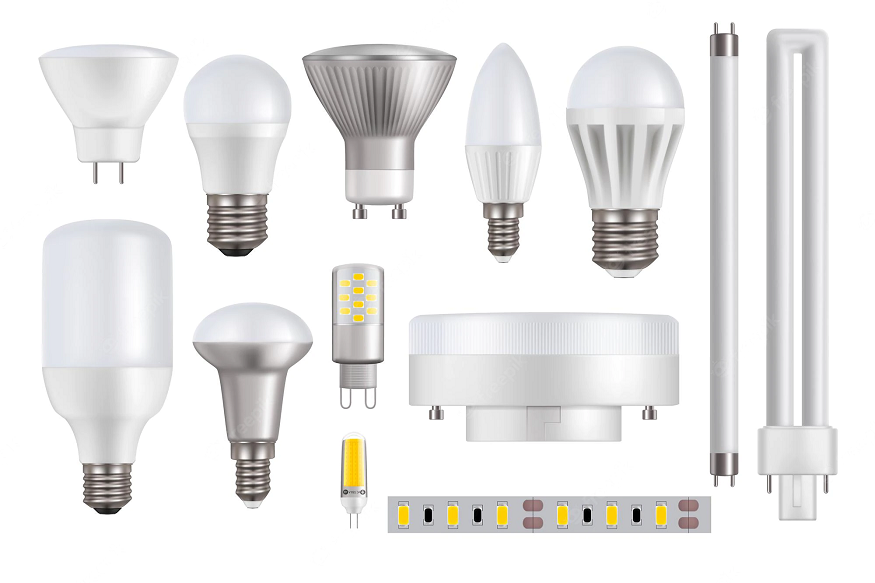As Indian cities transition into smarter, more efficient urban environments, electrical innovations have become the backbone of this evolution. The concept of a smart city hinges on the seamless integration of digital technology into every layer of infrastructure—from transport and waste management to energy systems. Central to this transformation are smart electrical systems that help manage energy efficiently, reduce wastage, and ensure sustainability.
One of the most significant advancements is the widespread implementation of modular switches. Unlike conventional switches, modular switches are designed for greater functionality, ease of installation, and aesthetic appeal. In smart cities, these switches play a crucial role in energy optimization, enabling automated control of lights, fans, air conditioning units, and more. Paired with automation hubs, they allow remote access and programmable schedules, which directly help save electricity.
Another major transformation is in the realm of lighting. Cities are increasingly adopting various types of LED lights—such as street lights with motion sensors, adaptive brightness, or solar-powered LEDs—to cut down on power consumption. These LEDs are not only more energy-efficient but also have longer lifespans, reducing maintenance and operational costs. For instance, LED streetlights equipped with smart controls can adjust brightness based on traffic density or time of night, offering an intelligent way to conserve energy while enhancing public safety.
Smart grids and advanced metering infrastructure (AMI) are being deployed across urban centers to provide real-time data analytics, track electricity consumption patterns, and prevent power theft. Smart grids enable two-way communication between utilities and consumers, allowing for dynamic pricing models, demand-response programs, and better energy distribution. These systems make it easier to integrate renewable energy sources, such as solar and wind, into the power supply chain, further enhancing the sustainability of urban environments.
Home automation technologies are also gaining ground. Residential buildings are now being designed with embedded automation systems that integrate modular switches, sensors, smart thermostats, and AI-driven monitoring tools. This allows residents to manage their energy usage more effectively. Features like remote light control, occupancy-based automation, and real-time energy consumption tracking significantly save electricity, lowering utility bills while contributing to a greener environment.
Public infrastructure, too, is being enhanced with innovative electrical systems. Smart traffic lights, EV charging stations powered by renewable energy, automated water pumping stations, and IoT-enabled waste management systems all rely on advanced electrical networks to function efficiently.
Education and awareness are also essential for successful adoption. City councils and municipal corporations are partnering with private companies to run pilot projects and demonstrate the value of these innovations. Programs that train local electricians and technicians in smart technologies are vital to ensuring long-term sustainability and proper maintenance of these systems.
Moreover, regulatory support and policy frameworks such as the Smart Cities Mission by the Government of India are providing the necessary impetus. By offering funding, technical guidance, and evaluation frameworks, the government is accelerating the adoption of smart electrical innovations across multiple cities.
In conclusion, smart cities represent a vision of urban living where technology and sustainability go hand-in-hand. Electrical innovations—from modular switches to types of LED lights and smart grids—are instrumental in realizing this vision. They help manage energy more efficiently, reduce carbon footprints, and improve the overall quality of life. As India continues its journey towards urban modernization, these smart technologies will remain at the forefront, lighting the path to a more sustainable future.




